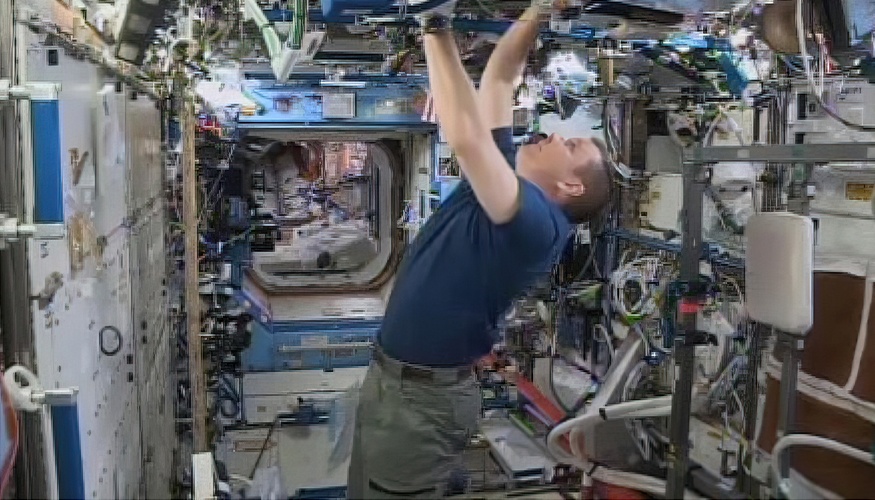In a recent study published in Microbiome, a team of researchers led by NASA’s Jet Propulsion Laboratory conducted a five-year first-of-its-kind study investigating the microbiome (environmental profile) of the International Space Station (ISS). The purpose of the study was to address “the introduction and proliferation of potentially harmful microorganisms into the microbial communities of piloted spaceflight and how this could affect human health”, according to the paper. “Although our survey found several opportunistic microbes, we concluded that the ISS is a safe environment for the astronauts,” said Dr.
Crystal Jaing, who is a biologist at the Lawrence Livermore National Laboratory (LLNL), and a co-author on the study. “We have found that the microbiome of the ISS surfaces is stable and that most of the microbiome is associated with human skin. ” The investigation encompassed two major studies, Microbial Tracking (MT)-1 and MT-2, spanning from 2015 to 2020.
MT-1 was a 14-month study examining microbial communities from eight surfaces on the ISS over the course of three astronaut missions, while MT-2 expanded upon MT-1 by examining the same surfaces over another 14-month period using four subsequent astronaut flights. Samples were collected with sterile wipes by resident astronauts over the course of both studies. The study’s results showed that two bacterial and fungal species, Staphylococcus sp.
and Malassezia sp. , were the most characterized on the ISS. Neither of those organisms are harmful, and the overall ISS surface microbiome was monopolized by human skin organism associations.
“Overall, the ISS surface composition was extremely stable beyond a few small changes during our five-year study,” said Dr. Jaing. “It’s a dynamic process, just like the human body.
The ISS antimicrobial resistance gene profiles also were stable over time, with no differences over the span of the MT-1 and MT-2 studies. This means that the ISS microbiome doesn’t have any new antibiotic-resistant genes, which is safer for the astronauts. ” While this study was conducted using samples returned to Earth from the ISS, NASA can observe microbes on the ISS in real time and is also looking into real time microbial monitoring on future spacecraft, as well.
The football field-sized ISS is currently home to seven astronauts from the United States, Russia, and Japan, which is the maximum number of astronauts the ISS can accommodate for long durations. Since the first module of the ISS was launched in 1998, 263 astronauts from 20 countries have visited the ISS, as of October 2022. While the United States and Russia take up the bulk of these numbers, individuals have also spent time on the ISS from Japan, Canada, Italy, France, Germany, Belgium, Brazil, Denmark, Great Britain, Israel, Kazakhstan, Malaysia, Netherlands, South Africa, South Korea, Spain, Sweden, and United Arab Emirates.
As always, keep doing science & keep looking up! Featured Image: NASA astronaut Jack Fischer, who lived on the ISS from May to September 2017, is seen collecting samples for the study by swabbing ISS surfaces. (Credit: NASA) The post The International Space Station Gets a Clean Bill of Health. Despite a Few Opportunistic Microbes, the Station is “Safe” for Astronauts appeared first on Universe Today.
.
From: universetoday
URL: https://www.universetoday.com/158473/the-international-space-station-gets-a-clean-bill-of-health-despite-a-few-opportunistic-microbes-the-station-is-safe-for-astronauts/



